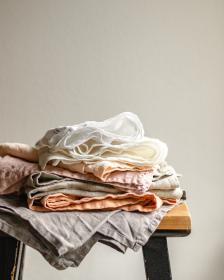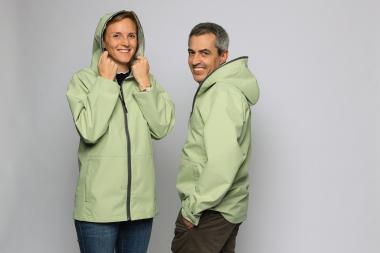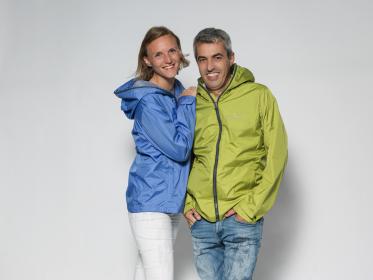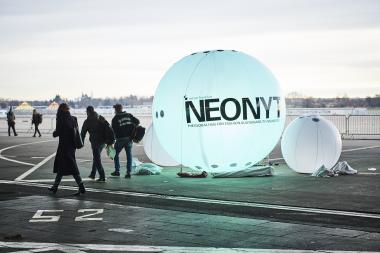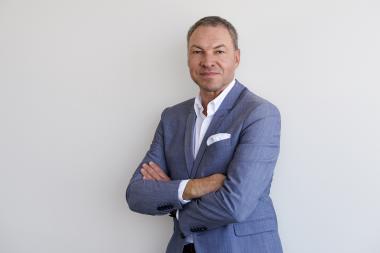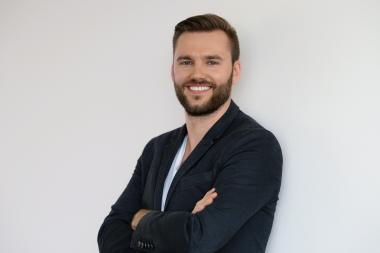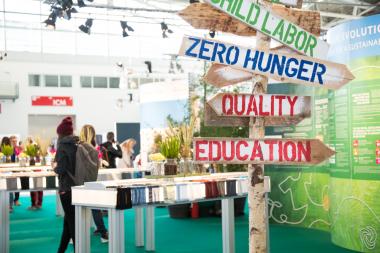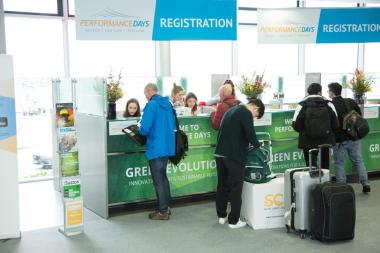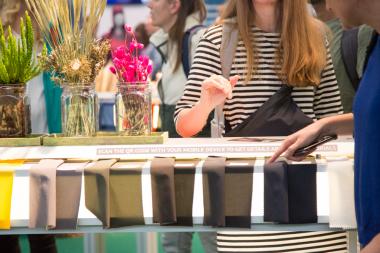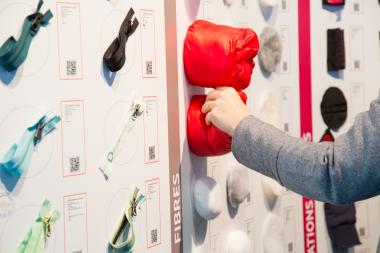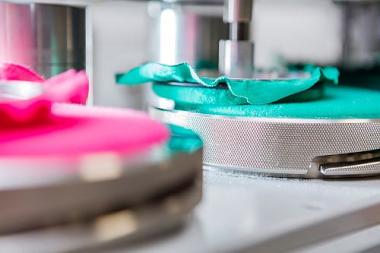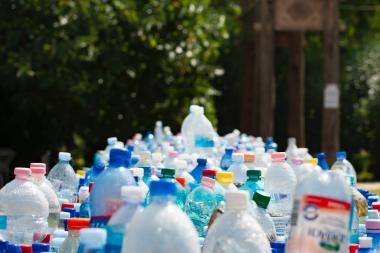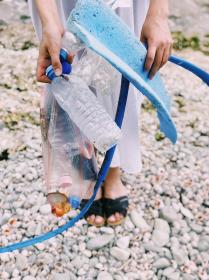Consortium for enzymatic textile recycling gains new supporters
"Shared vision of a true circular economy for the textile industry"
US fashion group PVH has joined the fibre-to-fibre consortium founded by Carbios, On, Patagonia, PUMA and Salomon. The aim is to support the further development of Carbios' biorecycling process on an industrial scale, setting new global standards for textile recycling technologies. PVH owns brands such as Calvin Klein and Tommy Hilfiger. In the agreement signed by PVH Corp, the company commits to accelerating the textile industry's transition to a circular economy through its participation in the consortium.
Carbios is working with On, Patagonia, PUMA, PVH Corp. and Salomon to test and improve its bio-recycling technology on their products. The aim is to demonstrate that this process closes the fibre-to-fibre loop on an industrial scale, in line with sustainability commitments.
The two-year cooperation project will not only enable the biological recycling of polyester articles on an industrial scale, but also develop thorough sorting and disassembly technologies for complex textile waste. Existing members voted unanimously for PVH Corp. to join the consortium, saying the common goal is to support the development of viable solutions that address the fashion industry's contribution to climate change..
Carbios has developed a technology using highly selective enzymes that can recycle mixed feedstocks, reducing the laborious sorting required by current thermomechanical recycling processes. For textiles made from blended fibres, the patented enzyme acts only on the PET polyester contained within. This innovative process produces recycled PET (r-PET) that is equivalent in quality to virgin PET and can be used to produce new textile fibres.
Textile waste treatment and recycling
Globally, only 13% of textile waste is currently recycled, mainly for low-value applications such as upholstery, insulation or rags. The remaining 87% is destined for landfill or incineration. To work on improving textile recycling technologies, consortium members will supply feedstock in the form of clothing, underwear, footwear and sportswear. In 2023, a new PET textile waste facility will be commissioned at the Carbios demonstration plant, notably as part of the LIFE Cycle of PET project co-funded by the European Union. This is in anticipation of future regulations, such as the separate collection of textile waste, which will be mandatory in Europe from 1 January 2025.
From fibre to fibre: circularity of textiles
Today, the textile industry relies largely on non-renewable resources to produce fibres and fabrics, partly turning to recycled PET bottles for recycled polyester fibres. However, this resource will become scarce as PET bottles are used exclusively for the production of new bottles in the food and beverage industry. In a circular economy, the materials used to produce textiles are obtained from recycled or renewable raw materials produced by regenerative processes. In addition to supplying raw materials for the demonstration plant, the consortium members also aim to produce new products from r-PET fibres using the company's biorecycling process.
"Partnering with Carbios and its consortium members demonstrates our continued commitment to incorporating more circular materials into our collections," said Esther Verburg, EVP, Sustainable Business and Innovation, Tommy Hilfiger Global and PVH Europe. "We are excited to support the development of Carbios' enzymatic recycling technology and to leverage new solutions that can help us drive fashion sustainably."
Carbios / Textination


